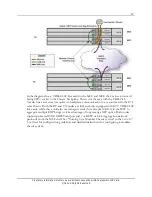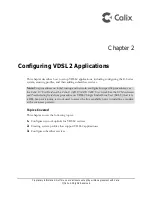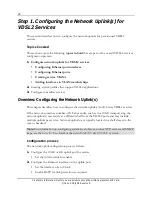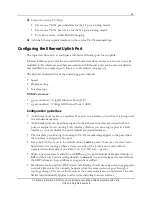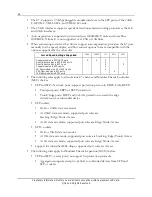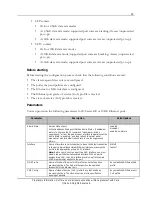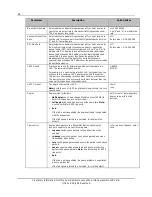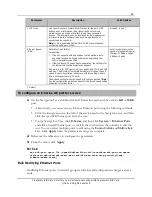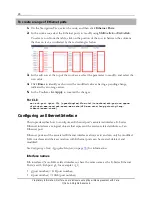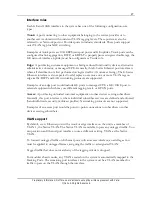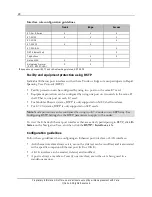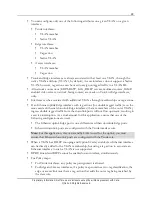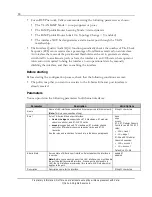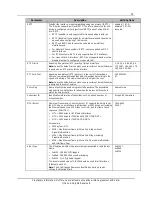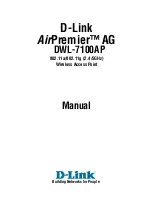
16
Proprietary Information: Not for use or disclosure except by written agreement with Calix.
© Calix. All Rights Reserved.
Modular Chassis Deployment
The E7-2 MC platform operates as a ‘node’ such that it is managed as a complete entity;
adding and deleting service, updating within a node concept, operationally managing troubles
and diagnosis as a node. Configuration and installation of ‘stacked’ units to the node is
automatically handled with ease of visual indicators to ensure cables are connected properly.
See the following for related information:
"Turning Up a Modular Chassis System" in the
Calix E7 User Guide
for information on
initially configuring several E7s into a modular chassis
Calix Method of Procedure (MOP): Migrating Standalone E7 Systems to an E7 Modular Chassis
for
instructions on how to migrate multiple standalone E7 systems into a unified E7 modular
chassis
Calix E7 Maintenance and Troubleshooting Guide
for instructions on how to add, replace, or
delete components in a modular chassis system.
Considerations for VDSL2-based cards in a modular chassis
The VDSL2-48C / VDSL2-48 line cards are supported components of the modular
chassis architecture and platform deployment model.
Modular chassis with VDSL2 cards support SFP ports at 2.5GE data rates for inter-
chassis stacking ring connectivity.
The VDSL2-48C card shares a common EXA Powered architecture and feature set
common to all E7 cards and can be mixed interchangeably with other E7 cards to
provide an application specific solution.
Single-card Modular Chassis Controller (MCC) is supported when deploying a multi-shelf
E7-2 with VDSL2-48 Overlay cards.
















